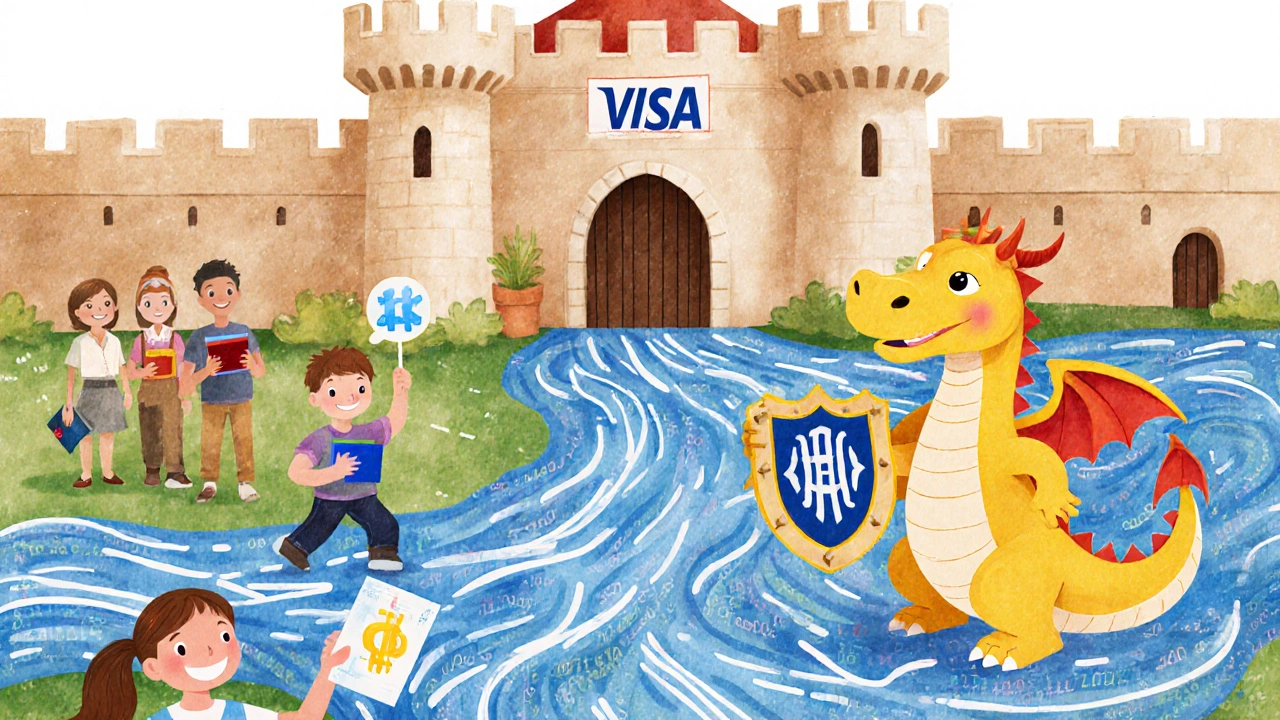Fintech Moats: How Digital Finance Companies Stay Ahead
When we talk about fintech moats, the durable competitive advantages that let digital finance companies outlast rivals. Also known as economic moats, it’s what turns a trendy app into a lasting business. Not every fintech startup survives. But the ones that do—like PayPal, Square, or Chime—have built something harder to copy than code: real, lasting advantages.
These moats aren’t just big user bases or flashy marketing. They’re deeper. Think network effects: the more people use a payment app, the more useful it becomes for everyone else. Or data moats: companies that collect spending habits, income patterns, or credit behavior over time can offer smarter loans or fraud detection than newcomers ever could. Then there’s regulatory moats—firms that spent years getting licenses, compliance systems, and banking partnerships in place. A new player can’t just download a template and replicate that overnight.
It’s not just about technology. It’s about customer lock-in, how deeply users rely on a service for daily financial tasks. If your payroll goes straight into a neobank account, and your rent payments auto-debit from there, switching feels like a hassle you’d rather avoid. That’s a moat. And it’s why some fintechs don’t need to win every new customer—they just need to keep the ones they have.
These same moats show up in the posts you’ll find below. You’ll see how fractional share trading, a low-barrier way to invest in stocks like Amazon or Netflix became a battleground where brokers compete not on price alone, but on features like dividend reinvestment and ease of use. You’ll spot how mobile malware, threats that target banking apps and steal logins forces fintechs to invest heavily in security—another kind of moat. Even something as simple as emergency funds, separate savings accounts built for financial safety nets ties in: fintechs that help users automate and protect those funds earn trust, and trust becomes a moat.
What you won’t find here are vague claims about "disrupting finance." You’ll find real examples of what sticks, what fails, and why. Whether it’s a broker that nails fractional investing, a lender that uses satellite data to offer farm loans, or an app that keeps your money safe from malware—each one survives because it built something others can’t easily copy. The posts below show you exactly how.




